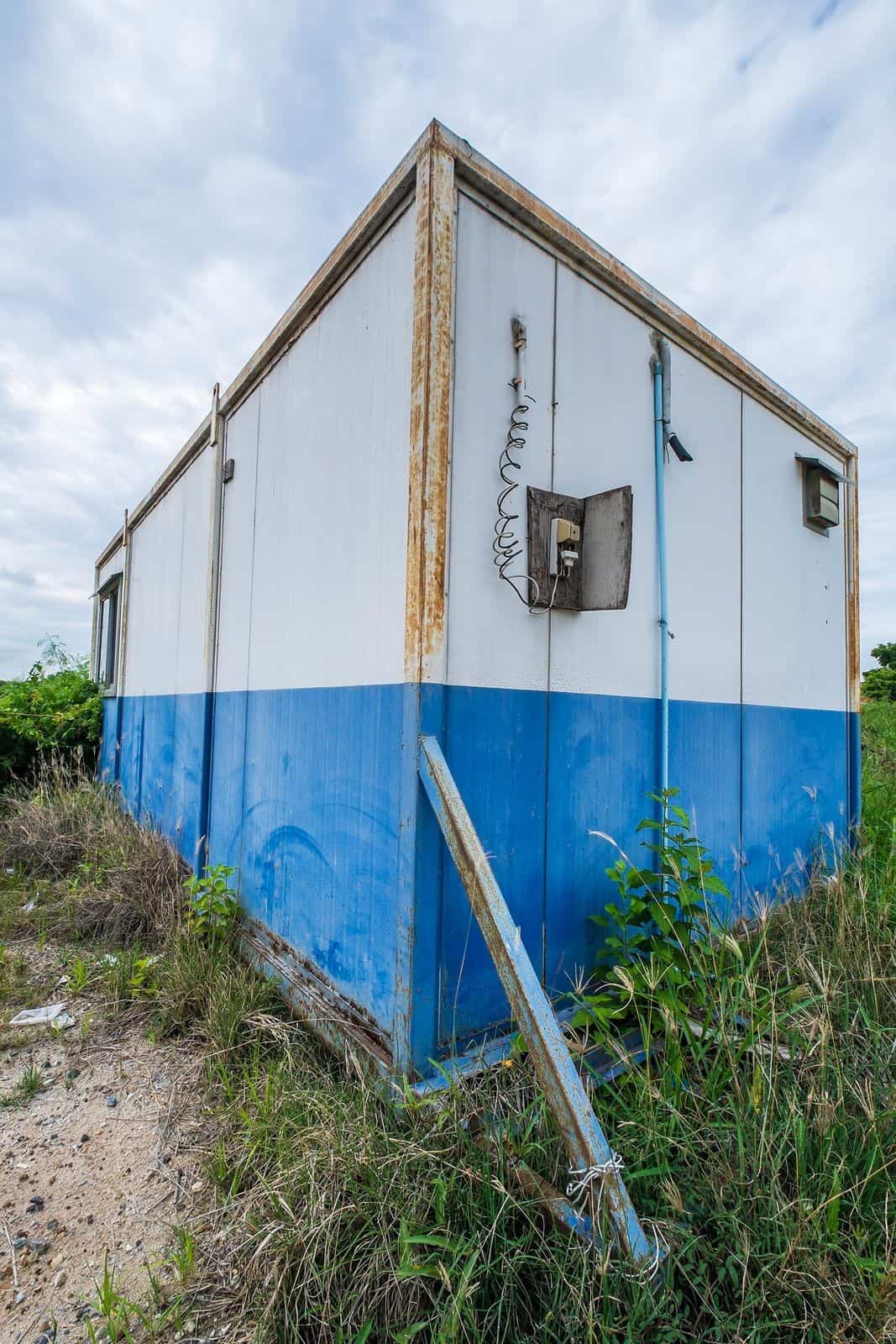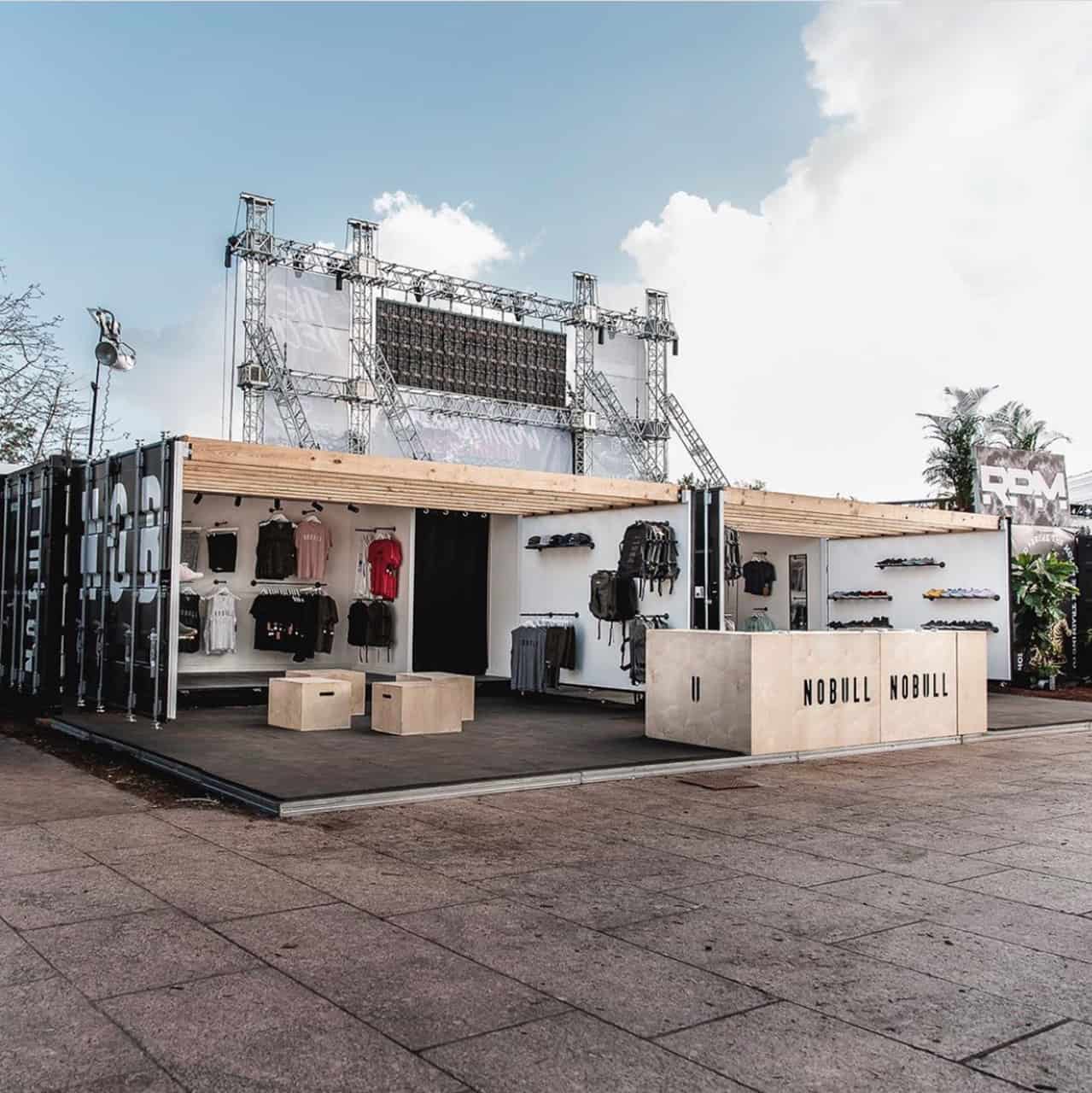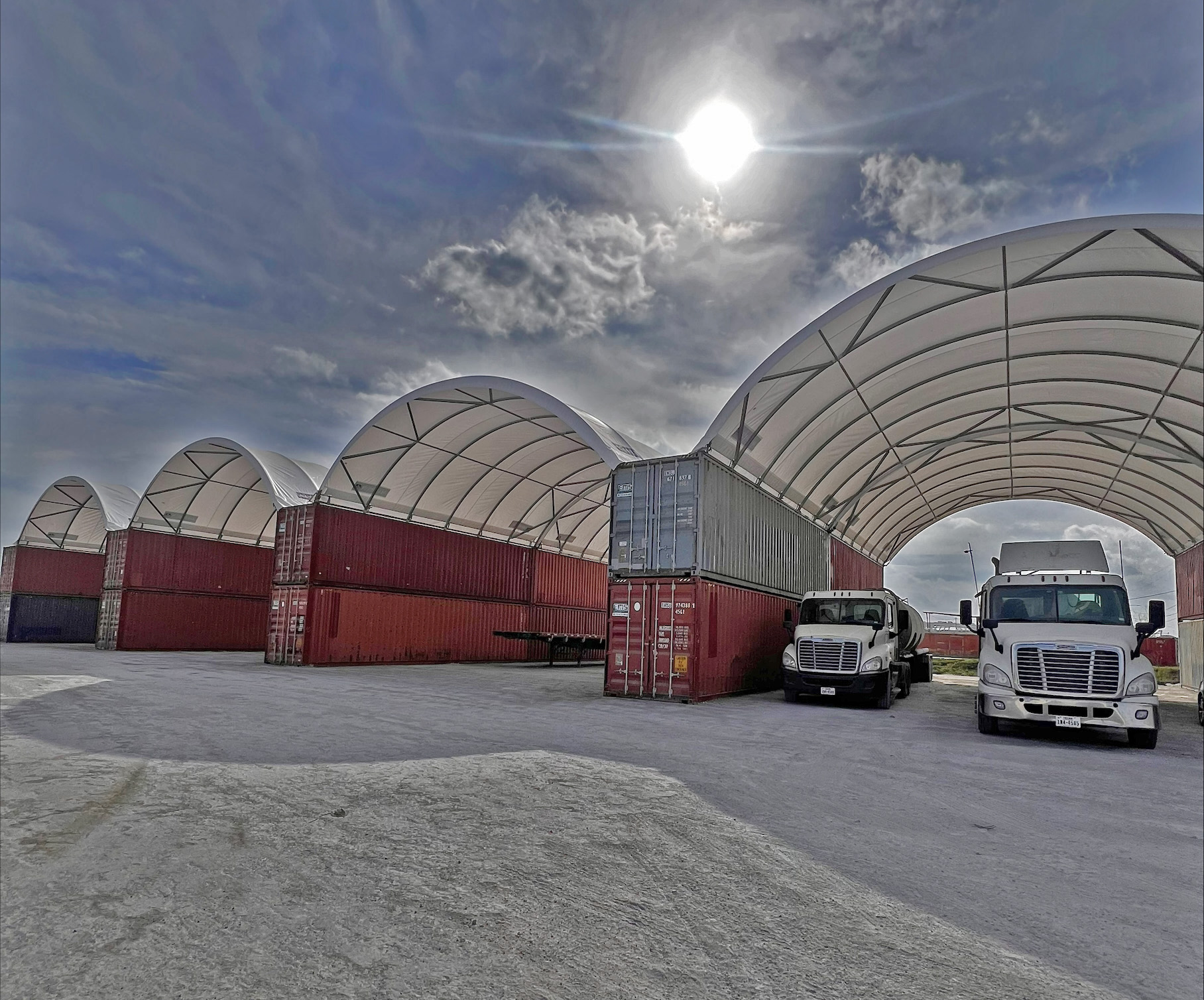Shipping containers are billed as being completely bulletproof and indestructible. Unfortunately this isn’t always the case, especially when you fail to consider rust and the impact it can have on your shipping containers.
Shipping containers can be made from a variety of different steels, but 20- and 40-foot containers are generally made of what’s known as cor-ten steel. Also known as weathering steel, it was developed in 1930 and its moniker is a blend or portmanteau of “corrosion” resistance and “tensile” strength. While it strongly resists corrosion resistance, it doesn’t mean that it’s completely rust proof.

What Causes Shipping Containers to Rust?
Cor-ten steel is designed to work best when it’s used in a cyclic environment. This means that it should be exposed to a constant cycle of both wet and dry environments. The enhanced corrosion resistance of shipping containers happens when a protective oxide film coats the surface to slow down corrosion. This layer is formed when the container becomes wet and begins the corrosion process. Once back in a dry environment, the oxide layer forms and gains its nonporous state.
While it sounds difficult for a shipping container to rust, it does happen. The three most common reasons for this are exposure to salt air, standing water on its structure, and dents, nicks or similar damage. The salt air, of course, accelerates rust. Therefore, in a normal wet/dry cycle, there isn’t enough time for the oxide layer to form. Equally, when they are damaged, the protective layer of oxide is removed and it allows oxidization to occur.
Identifying Rust
There are two types of rust you should be looking out for on your shipping containers: structural rust and non-structural rust. Non-structural rust is what you can see on the surface of the container; it isn’t pretty to look at but it is quite easy to fix.
Structural rust, conversely, is rust lying beneath the surface level that compromises the integrity of the container. This type of rust can mean the end of your container and can sometimes be hard to identify on your own. If you suspect structural rust, then you should ask your shipping container supplier to inspect and assess your containers.
Preventing Rust
One of the best ways to prevent your shipping containers from becoming rusted is to inspect them regularly. With regular inspections, you will know if you need to take early steps to prevent further rusting.
When you inspect your container, you should look for any surface damage as well, because this is where rust is likely to form. If you see that something has damaged your container and the protective coating, you should contact your shipping container supplier to arrange for appropriate repairs.
During your inspections, pay close attention to the roof of your shipping containers. Any dents on the roof will hold water, which accelerates the process of rust and can eat away at your container’s roof. This can be particularly dangerous, especially if you host people inside your container regularly.
You should also make sure that the external shell of your container is properly maintained. This is a great way to prevent rust from forming.
Treating Rust
Sometimes, no matter how careful you are with your shipping containers, rust can form. In these cases, you need to remove the rust as quickly as possible. The best way to do this is to sandblast the container before sealing and repainting it. If you are buying second-hand containers, it is recommended that you ask your supplier to apply this procedure before you receive the container.
As long as you take care of your shipping containers, they will last for decades. However, if you suspect that one of your containers has become damaged because of rust, you should seek professional advice from a reputable shipping container supply company.
Sources:
Weathering Steel, SteelConstruction.com
Shipping Container Home Rust and Corrosion: Identifying, Preventing and Treating, ContainerHomePLans.org









